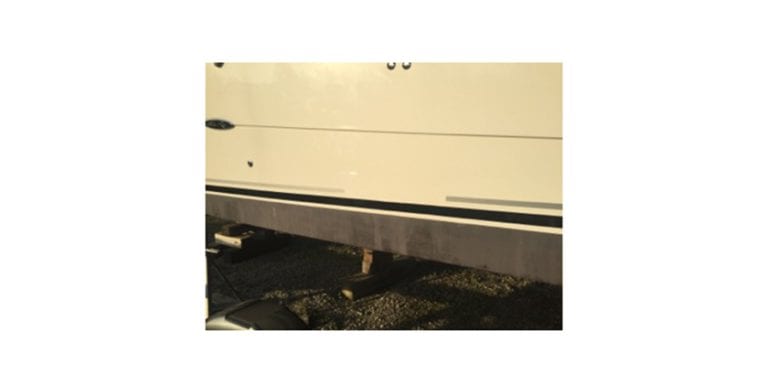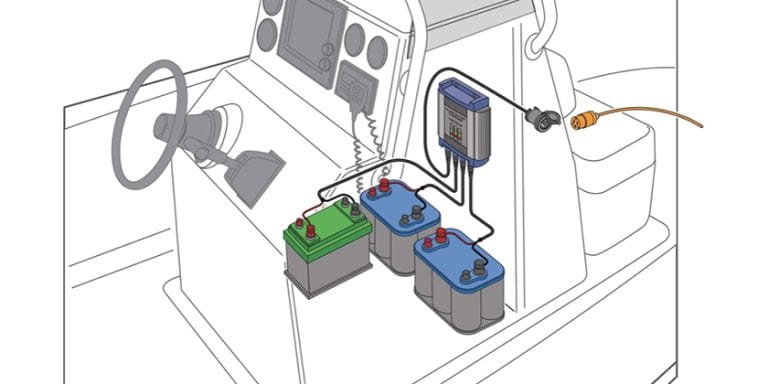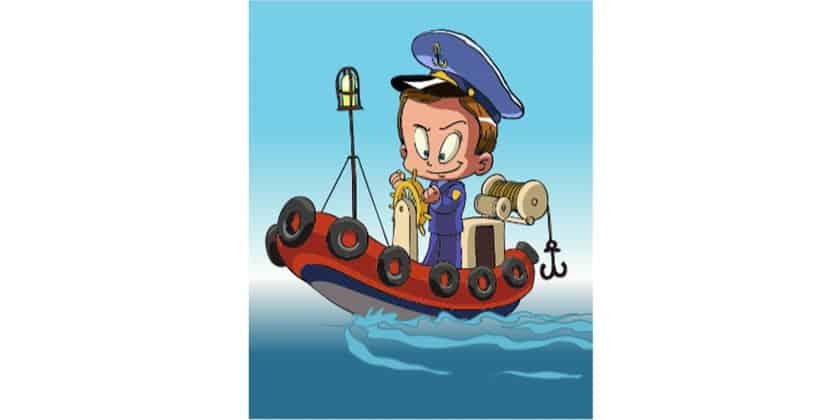Ask Andrew: Prop Damage
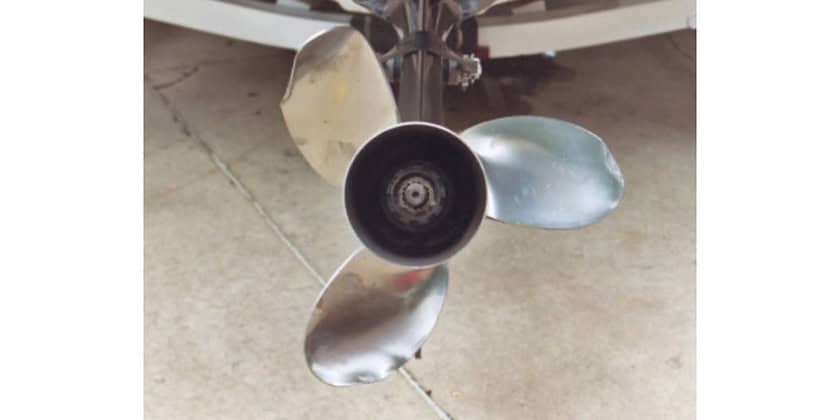
July 23, 2024
What happens when you hit a rock and cause damage to your prop? Let’s examine the impact (pardon the pun) on the prop and associated parts.
A propellor is a finely tuned instrument. A lot of engineering goes into creating the right combination of diameter, pitch, cup and rake that turns an increase of engine RPM into efficient movement through the water.
The depth of the design work will make your jaw drop – not only will it have to push a boat forward through the water, but it also has to allow for precise and responsive turns, and efficient stopping power when the engine is put into reverse. Not only that, but the prop has to be matched the engine size, boat type, intended use, and be efficient to manufacture and sell.
Components like lower unit gear sets, prop shafts, oil seals, splines, hubs, thrust washers, nuts and cotter pins all play a corresponding role.
Let all of that sink in for a moment.
Now consider what happens when that propeller hits a submerged object (like a rock). To a marine mechanic (and to many boaters) this is like watching Pete Townsend smash an expensive guitar onstage.
Perhaps there’s a rock, outcrop or shallow ridge out there waiting for you. Statistics suggest that the more time you spend aboard, your chances a of meeting that rock only increase.
What happens when you hit a rock and cause damage to your prop? Lets examine the impact (pardon the pun) on the prop and associated parts.
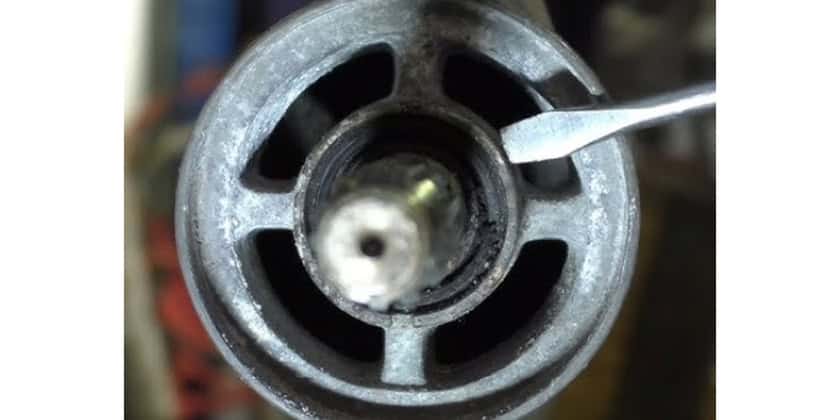
Your boat may be powered by an inboard engine with a prop and shaft, or be fitted with a stern drive or an outboard engine. Principles will stay common, but the specifics may differ:
When the prop impacts a hard object beneath the water’s surface, it is likely spinning at a high rate (even trolling speeds can cause significant damage). First step is to get a sense of the total damage. Lets start with the prop itself:
- If blades are bent, or chunks are missing, the prop should be replaced. Even if the prop still functions, it won’t spin ‘true’, meaning that it can, over time, cause damage the components that are associated with it. If the prop simply has paint scrapes or light scuffs, changes are it’s ok to continue using.
- When the engine is put into gear, the prop shaft spins, and the prop (mounted on the engine of the shaft) does the work. If the prop impacts an object, the chain of components between the prop and the engine could also be affected or damaged. First in the chain is the prop shaft. The shaft should be measured to confirm that it is still ‘true’ (ie, not bent) per the manufacturer’s recommended tolerances). A shaft that is bent (even slightly, not visible to the naked eye, but outside of this tolerance could cause engine damage in the long-term.
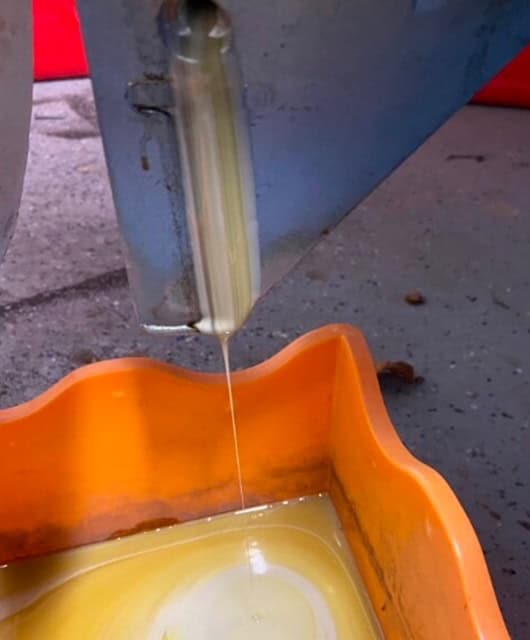
- On both outboard and stern drive set-ups, the shaft exists an oil-filled gear housing into the water. The outermost touchpoint of the shaft is an oil seal: a small rubber grommet that hugs the shaft, preventing oil from exiting the lower unit, and preventing water from getting in. When the prop impacts an object, the shaft also moves. Even in cases where the shaft doesn’t bend, this movement can expand the oil seal enough to let oil out or water in, causing longer-term lower-unit damage. To check to see if damage has taken place, the drain screw should be removed, and the gear lube quality checked. If the gear lube is clean and clear, its safe to continue using. If the gear lube is milky in colour, or shows metal shavings, the lower unit should be checked for internal damage to the gears, bearings and seals.
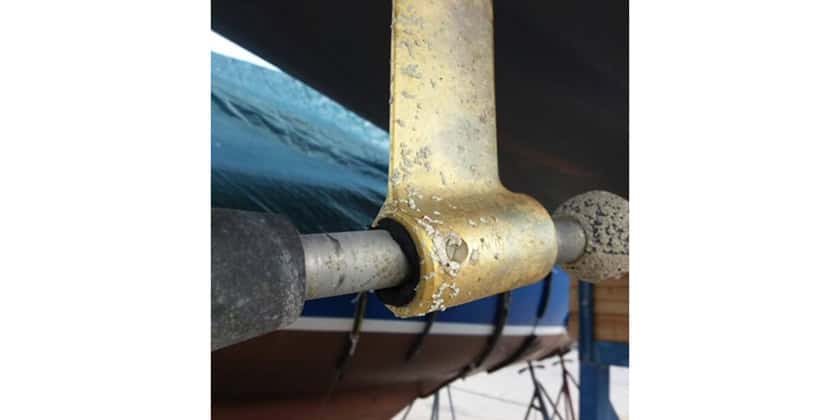
- On boats with a simple shaft set-up, the support struts should be checked for damage, as well as the cutlass bearings (seated inside the struts). Propeller impact that has caused damage to the shaft can also cause damage to the shaft supports.
Let’s assume that all was in your favour and the damage was limited to the propeller itself. Where do you go from here?
First: Replace the prop as soon as practicable. Don’t ruin your luck with a short-term accident by causing long-term damage by using a damaged prop for long periods of time.
Second: When choosing the prop’s replacement, there are several sources available: a new prop from the engine’s manufacturer, a refurbished prop (repaired, measured and set by an expert), or an aftermarket prop (created for use on OEM engines by quality prop manufacturers. Turning Point and Solas are two that come quickly to mind). Each will have their pros and cons, and varying price points.
Third: Always confirm that the replacement is designed for your engine/shaft set-up, and confirm that is matches in terms of diameter, pitch, cup and rake so that performance isn’t affected. (More on this, and explanation of options in the next Ask Andrew edition).

Andrew McDonald is the owner of Lakeside Marine Services – a boat repair/maintenance firm based in Toronto. Andrew has worked in the marine industry for 12 years and is a graduate of the Georgian College ‘Mechanical Techniques – Marine Engine Mechanic’ program.



